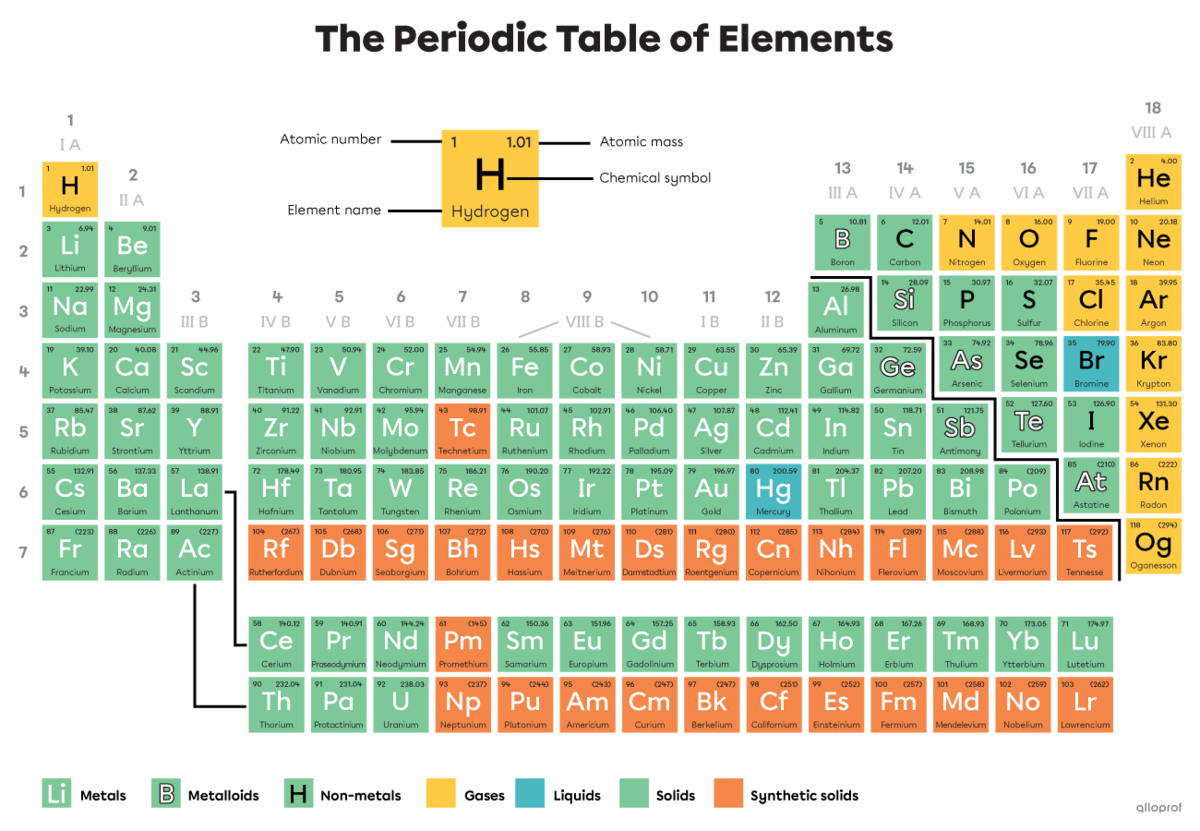On this page, you’ll find all our tools to help you study and practise for the Secondary IV Science and Technology (ST) ministry exam.
Click here if you’re in Applied Science and Technology (AST).
The list of concepts subject to evaluation introduced in this concept sheet represents all the required concepts likely to be evaluated in Science and Technology (ST).
Please note, for the 2023-2024 school year, the following concepts will not be evaluated on the ministerial examination: the carbon cycle, the law of conservation of energy and energy efficiency.
These concepts may be requested in any section of the ministry exam. The number of questions in each area of the Science and Technology (ST) program is also listed.
Coming soon
The links below provide access to tests in the form of ministerial examinations at the Secondary IV level. The first is a preparatory test to allow a review of basic knowledge. The second is a simulation of section A of the ministry exam.
|
Earth and Space |
Material World |
Technological World |
|---|---|---|
Biogeochemical Cycles
LithosphereHydrosphereAtmosphere |
Properties of SolutionsChemical ChangesStructure of MatterElectricity and ElectromagnetismElectromagnetismTransformation of Energy |
Mechanical Engineering
Electrical Engineering
Materials
|
The graphic representation (isometry and perspective) and the schematization are also evaluated.
The Living World is not subject to evaluation for ministry review. However, the assessment of these concepts should be covered in class during the school year.
For more details on the ministry exam, refer to the following concept sheet.
The final result obtained is based on the marks obtained during the school year and according to the terms of the ministry exam.
-
For the Practical competency, which is worth 40% of the final grade, only the school grade is taken into account.
-
For the Theory competency, which is worth 60% of the final grade, half of the competency (i.e. 30% of the final grade) results from the moderated school grade, while the other half (i.e. 30% of the final grade) results from the mark obtained during the uniform examination.
The ministerial examination is therefore worth half of the grade obtained over the year for the Theory competence, while the results accumulated during the three stages of the school year allow the student to obtain the other half of the points for the Theory competence.
Please note, for the 2023-2024 school year, the ministry exam is worth 20% of the final grade.
The grade obtained in Science and Technology (ST) does not take into account the assessments of the Environmental Science and Technology (EST) course. These two grades are separated in the report card and in the Ministry’s transcript.
The ministerial examination is only intended to validate the successful completion of the Science and Technology (ST) course: the Environmental Science and Technology (EST) course must be assessed separately.
For each major area, you’ll find a summary and a list of the concepts that could be assessed.
Note: No Living World concepts will be assessed.



Graphic representation (isometry and perspective) and diagram drawing will also be assessed.
-
Highlight important information in the question.
-
Try to answer the question before reading the choices.
-
In a multiple-choice question, the wrong answers are generally the results you get by making classic errors, such as incorrectly isolating the variable or forgetting a calculation step.
-
Example: Calculating useful energy instead of dissipated energy.
-
Annotate the graphs and diagrams.
-
Annotate the statements, indicating whether they are true or false.
-
Even if one of the statements seems right, check all the statements in the question.
-
Eliminate the possible answers by crossing them out or adding an X in the margin.
-
Check that you’ve answered all the questions.
-
Write complete sentences.
-
Uses appropriate scientific vocabulary.
-
Example: Use the terms upstream and downstream for a question about watersheds.
-
Show your work (mathematical process).
-
When a question requires a mathematical process, start by identifying the data and associating them with the corresponding variables. Next, convert the data if necessary (e.g., convert minutes to seconds), then determine which formula to use.
-
Reread the question to make sure you’ve answered it correctly.
-
Example: Answering with the amount of energy consumed instead of identifying the appliance that consumes the least energy.
-
Watch the entire video at least once before reading the questions.
-
Pay attention to the names of the parts identified in the object’s drawings.
-
Write complete sentences.
-
Use appropriate technological vocabulary.
-
To describe the interaction between the components, write your answer naming the components in the same order as in the question.
-
The disassembling of the technical object can give you clues about the characteristics of the links.
-
A link always has 4 out of 8 characteristics.
Click here to access all the information on technological analysis and more helpful strategies


The following quiz has 15 multiple-choice questions.
The following quiz has 5 constructed-response questions
The following links lead to technological objects for analysis. For each object, you’ll find a video animation, 2D drawings, and a 5-question quiz